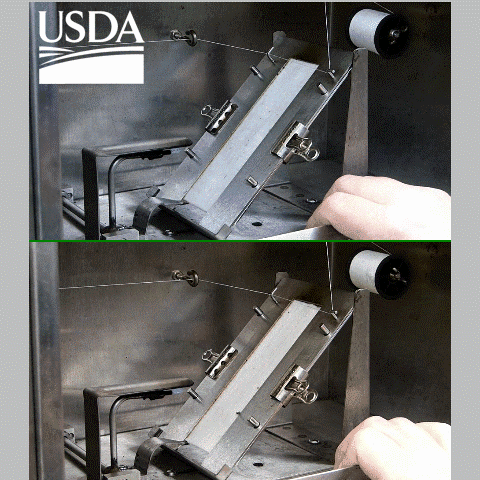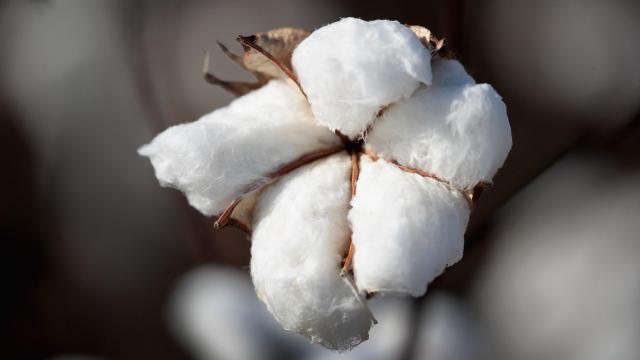Chemical flame retardants can make us safer by preventing or slowing fires, but they’re linked to a range of unsettling health effects. To get around that concern, researchers with the U.S. Department of Agriculture have bred a new population of cotton that can self-extinguish after encountering a flame.
The team of scientists from the USDA’s Agricultural Research Service, led by Gregory N. Thyssen, bred 10 strains of cotton using alleles from 10 different parent cultivars. After creating fabrics with each of these strains, the researchers put them through burn tests and found that four of them were able to completely self-extinguish. Their work is published today in PLOS One.
“Use of these lines to develop commercial cultivars creates an opportunity to improve the safety of cotton products while reducing the economic and environmental impacts of chemical flame retardants,” said study author Brian Condon in a USDA release. Condon is a retired research leader at the ARS Cotton Chemistry and Utilization Unit in New Orleans. “These lines will significantly benefit growers, producers, and consumers.”

Through genomic analysis of pre-existing cotton cultivars, Condon and his colleagues found that several genes could correspond to flame retardancy. These genes made up a phenotype that would equate to different levels of flame retardancy (a quantity referred to in the paper as “heat release capacity,” where the lower the heat release capacity, the more flame retardant something is).
Johnie Jenkins and Jack McCarty of the research team used 11 non-flame retardant cotton cultivars to breed 10 new lines with different heat release capacities. Condon and the researchers then conducted burn tests with the fabric situated at a 45-degree angle, and the tests revealed that four new strains with the lowest heat release capacity were able to self-extinguish after being exposed to flame.
These flame retardant cultivars could be a game-changer in the textile industry. Currently, efforts to make fabric flame retardant include applying chemicals that reduce a material’s ability to ignite; flame retardant chemicals have been added to many fabrics since at least the 1970s. While some have been pulled from the market, these chemicals don’t break down easily, and they can bioaccumulate in humans and animals, potentially leading to endocrine disruption, reproductive toxicity, and cancer. These new strains of cotton could be used to manufacture fabrics and products that have flame retardancy naturally baked in.
